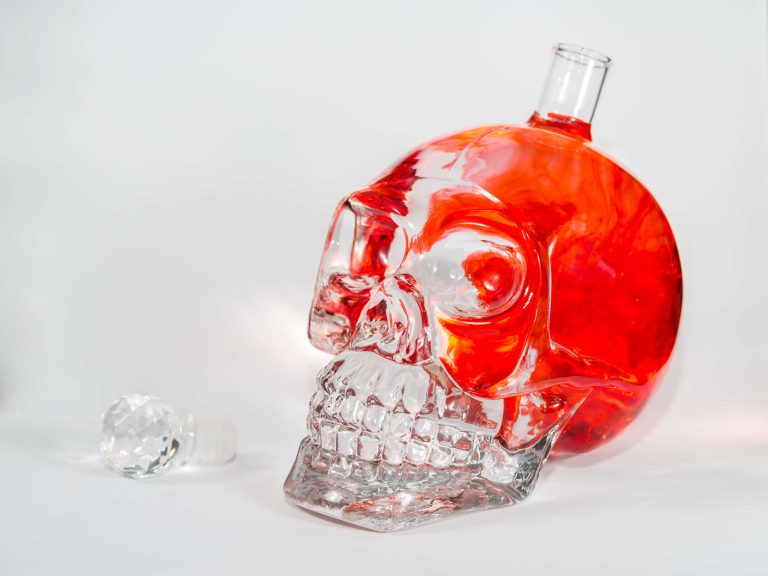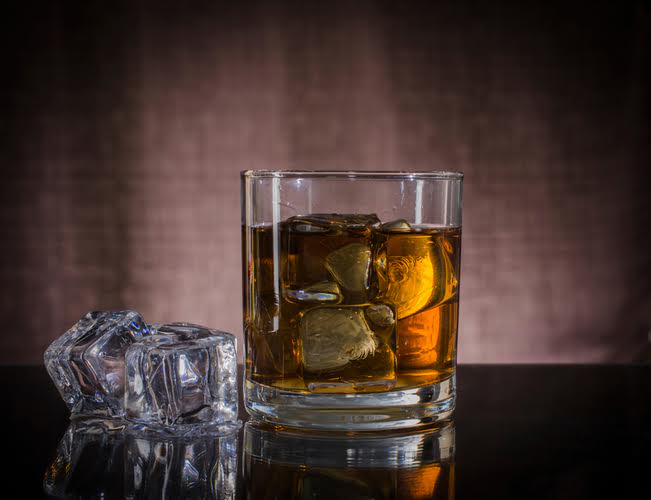The inability to process toxic metabolites such as ammonia in alcoholic cirrhosis may lead to hepatic encephalopathy. Although EtOH is most often used to describe alcoholic drinks, it’s also the active ingredient that causes intoxication. When someone drinks alcohol, what they’re actually consuming is ethanol in various concentrations. Preventing ethanol abuse involves community education, policy changes, and early intervention strategies.
- EtOH is also found in cleaning products as a solvent for removing stubborn residues, stains, and grease.
- When the user tries and discontinues use, he/she experiences withdrawal symptoms that are highly difficult to fight.
- My compassion, resilience, empathy, wisdom, knowledge, experience and love I have for this forgotten population goes beyond words.
- Different people will need different kinds of help, so it is crucial to find a support system that works best for the individual.
Table of Contents
Doctors use validated tools and, when indicated, medications (often benzodiazepines) to keep you safe during acute withdrawal. Screening spots risky drinking quickly; diagnosis confirms AUD using DSM‑5‑TR criteria. In primary care, tools like AUDIT‑C, the Single‑Item Screen, or the full AUDIT can flag concern and guide next steps. If screening is positive, a clinician uses the 11 criteria above to determine presence and severity of AUD. From a patient’s perspective, that means you don’t have to “hit bottom” to meet criteria. Conversely, progress is measurable as symptoms reduce with care and time.
- What begins as social drinking or a way to unwind can gradually turn into relying on alcohol just to feel okay.
- Psychologically, ethanol abuse can lead to mood swings, anxiety, depression, and impaired judgment.
- Ethanol is commonly found in alcoholic beverages such as beer, wine, and spirits, but it also serves as a solvent in various industries, a fuel additive, and a disinfectant.
- One of the most significant dangers of excessive ethanol consumption is the risk of developing an addiction.
Recognizing Ethanol Abuse
If you or a loved one have become addicted https://mamaglueckkinderglueck.gisele-feuser-schoeps.com/group-therapy-topics-recovery-questions-in-therapy/ to alcohol, Ohio Recovery Centers specialize in treating addiction in an outpatient setting. In some people, the initial reaction may feel like an increase in energy. But as you continue to drink, you become drowsy and have less control over your actions. We offer medical supervision, evidence-based therapies, and relapse prevention. When you attend our program, you’ll receive every service necessary to make a full recovery.
What’s the Difference Between EtOH Abuse and Alcohol Abuse?
- More commonly known as methyl alcohol or methanol, paint thinners and removers often include this alcohol.
- As a result, the body will have a more difficult time defending against harmful viral particles.
- Whether someone is experiencing mild, moderate, or severe symptoms, we provide a full continuum of support—from safe detox to inpatient rehab, outpatient programs, and sober living.
From there, it travels to the brain, liver, heart, and other organs. The body processes EtOH primarily through the liver, which breaks it down using enzymes. EtOH stands for ethyl alcohol, a type of alcohol made from fermenting sugars in grains, fruits, or vegetables. It’s the only form heroin addiction of alcohol that’s safe to drink in small amounts. The abbreviation “EtOH” comes from its chemical name, which is ethanol (Et) + hydroxyl (OH). Treatment for alcohol use disorder can vary, depending on your needs.
ETOH abuse can be treated through a combination of detoxification, therapy, and support groups. Detoxification is the process of safely removing alcohol from the body under medical supervision. Support groups, such as Alcoholics Anonymous (AA), provide ongoing peer support and accountability. In some cases, medication may be prescribed to help manage ETOH abuse withdrawal symptoms and cravings. So, in terms of EtOH, addiction would mean consuming more EtOH socially when at work, with friends, or even at home and not being able to stop oneself.

